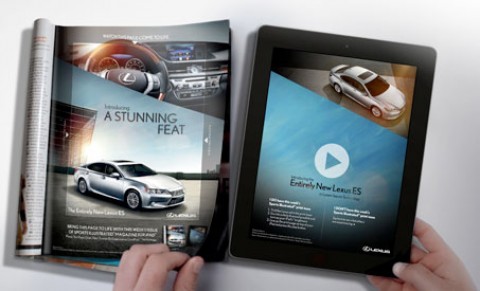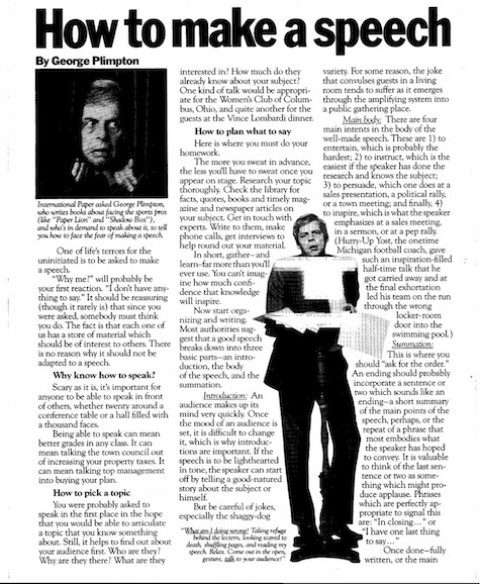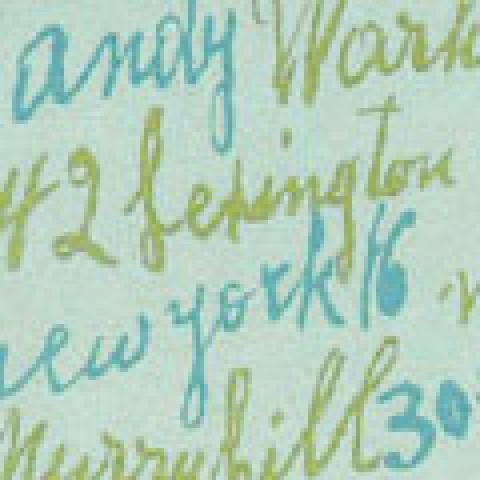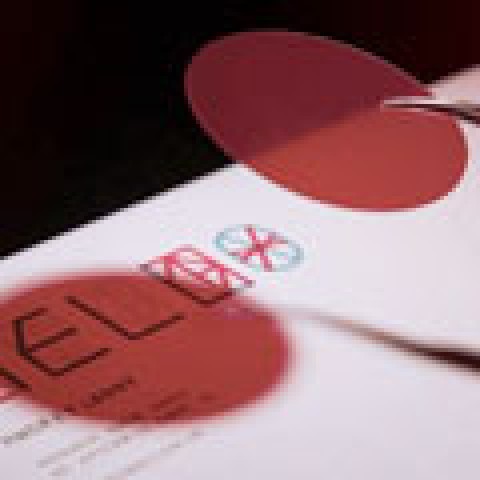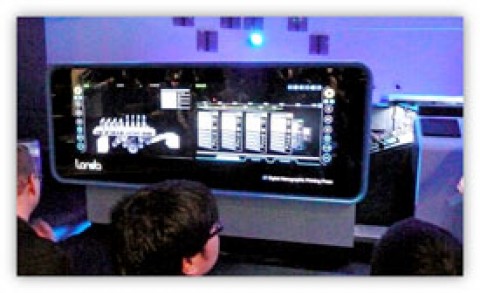
Vanessa graciously agreed to answer some of your questions on this popular topic:
What is the maximum inking (considering double hits and all)?
There really is no max; it depends on the job itself. We have done full coverage pieces; it just depends on the look you are going for.
How do you choose a letterpress printer?
There are several factors to consider when selecting a letterpress printer, including: capabilities, turnaround time, minimum or maximum quantities, cost and, of course, experience and reputation. You can browse through print shops online at InkerLinker or TheBeautyofLetterpress.com.
With Rigilon MX 145, is it necessary to use Matte negatives? Can you expand on this?
We are not familiar with Rigilon, but it does say best results come from matte negs.
Is polymer plate like the ones used for flexo?
Letterpress and flexography are two different printing processes. If you’re asking whether or not you can letterpress with plates you made for flexography, you should ask your printer or look for advice on Briar Press.
I’m from Mexico City and I cant get those kind of plates; what would be a good substitution for them???
Many print shops and suppliers that sell polymer plates ship internationally. Try Briar Press for a listing, or even Boxcar Press. Elum, located in San Diego, also makes polymer plates.
What is the maximum inking (considering double hits and all)?
There really is no max; it depends on the job itself. We have done full coverage pieces; it just depends on the look you are going for.
How do you choose a letterpress printer?
There are several factors to consider when selecting a letterpress printer, including: capabilities, turnaround time, minimum or maximum quantities, cost and, of course, experience and reputation. You can browse through print shops online at InkerLinker or TheBeautyofLetterpress.com.
Is it possible to letterpress on black paper with white ink?
It’s possible, but it would be difficult to achieve opaque white coverage.
Which ink is the best in terms of quality?
Different inks are used for different results. Most of the ink we used is rubber based.
Can you use watercolor paper?
Technically, you can try printing onto any kind of paper. We print on Crane’s Lettra and highly recommend it. If you’re looking to combine the two mediums, you can try painting on top of your letterpress print. We’ve had clients who do this after we print and they were happy with the results.
What are the pros/cons to using soy based inks vs. oil based inks?
We primarily use rubber base inks and, on occasion, use oil. Soy is environmentally friendly, but the result in our opinion is not the same at all.
Why draw on tracing paper specifically?
When drawing something with the intention of creating a letterpress plate, use whatever paper you feel comfortable with. Your drawing will eventually become vector artwork on your computer, so the type of paper you scan doesn’t really matter. If you plan on live tracing your drawing, make sure it’s high contrast. (Like black ink on a smooth white paper.)
Do you make your own films to expose your photopolymer plates at TwoPaperDolls?
Yes! We make our own film negatives and polymer plates here at Two Paperdolls.
How is the plate making different than polymer plates? What is the plate maker?
The plate maker is a unit that exposes the light-sensitive photopolymer plate to light. The plate is placed in the unit with the film negative, and the light cures the polymer that is not covered by the design on the film. Then the uncured polymer is washed off, and the plate is exposed to light again to harden the remaining polymer.
Is the crest a multilevel die? Can that be made with a poly plate?
It is a multilevel die – and here is a great video that explains the difference. It cannot be made with a polymer plate.
When sending a letterpress job out for production, what types of terms do you use to dictate the deepness of the impression you are after?
The depth of impression depends on several factors, including your design and the thickness of the paper. Talk to your printer to determine what is possible.
Is there an actual PMS white or do we just modify a normal white? How do you recommend specifying an opaque white as background color to overprint on? Is there really a Pantone White?
There are several white inks, opaque white, translucent white. Depending on the look or technique you are going for, you may need to double hit the white ink to get a brighter result. There is no PMS white.
Thoughts on aluminum base or bunting magnetic base?
Here is a great source to explain the difference. We use the boxcar base always, it is our preference.
Cost wise how does a blind emboss compare to an emboss?
A blind impression is simply “printing” the paper with no ink. Typically, this is still considered a separate “color” in terms of production and job cost.
If I didn’t win a poster, can I buy one from the website when it launches?
Yes! The Beauty of Letterpress website is now live. Click on the “Help Save Hamilton” banner in the top right.


